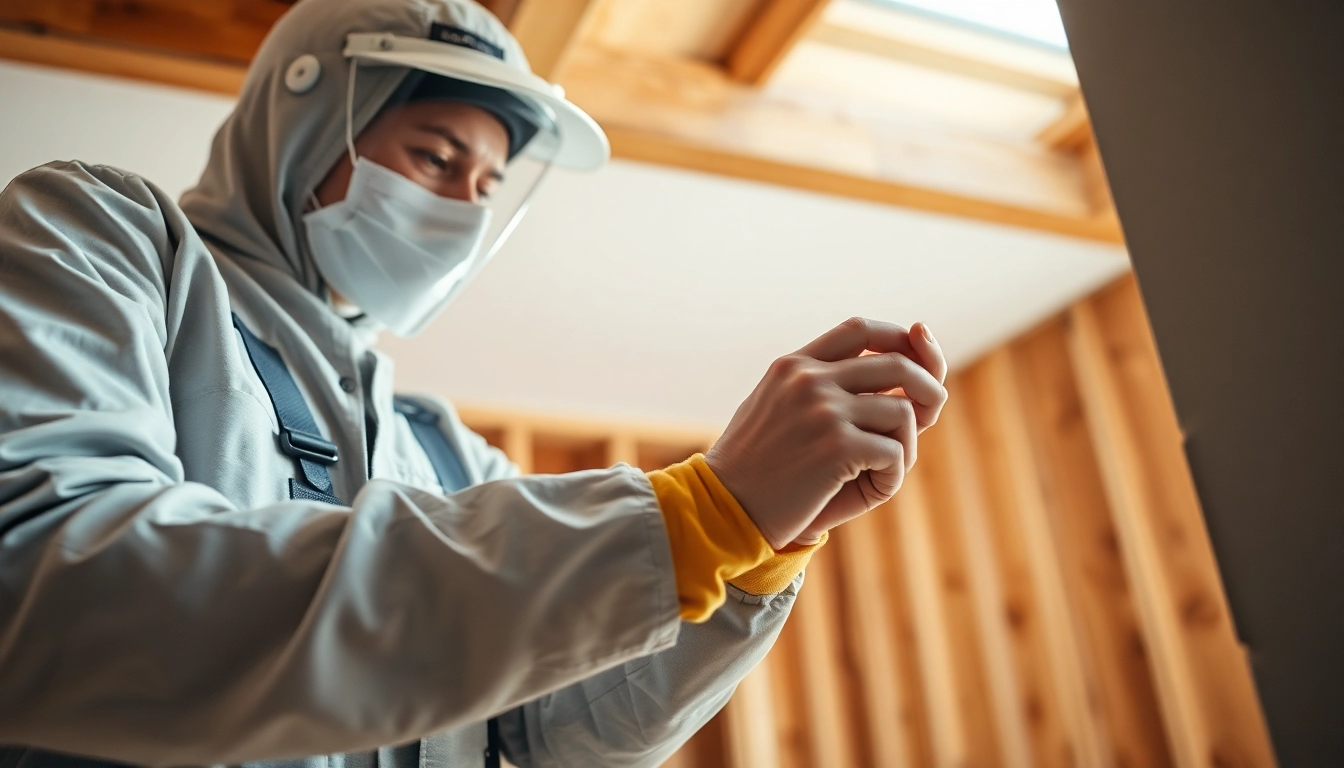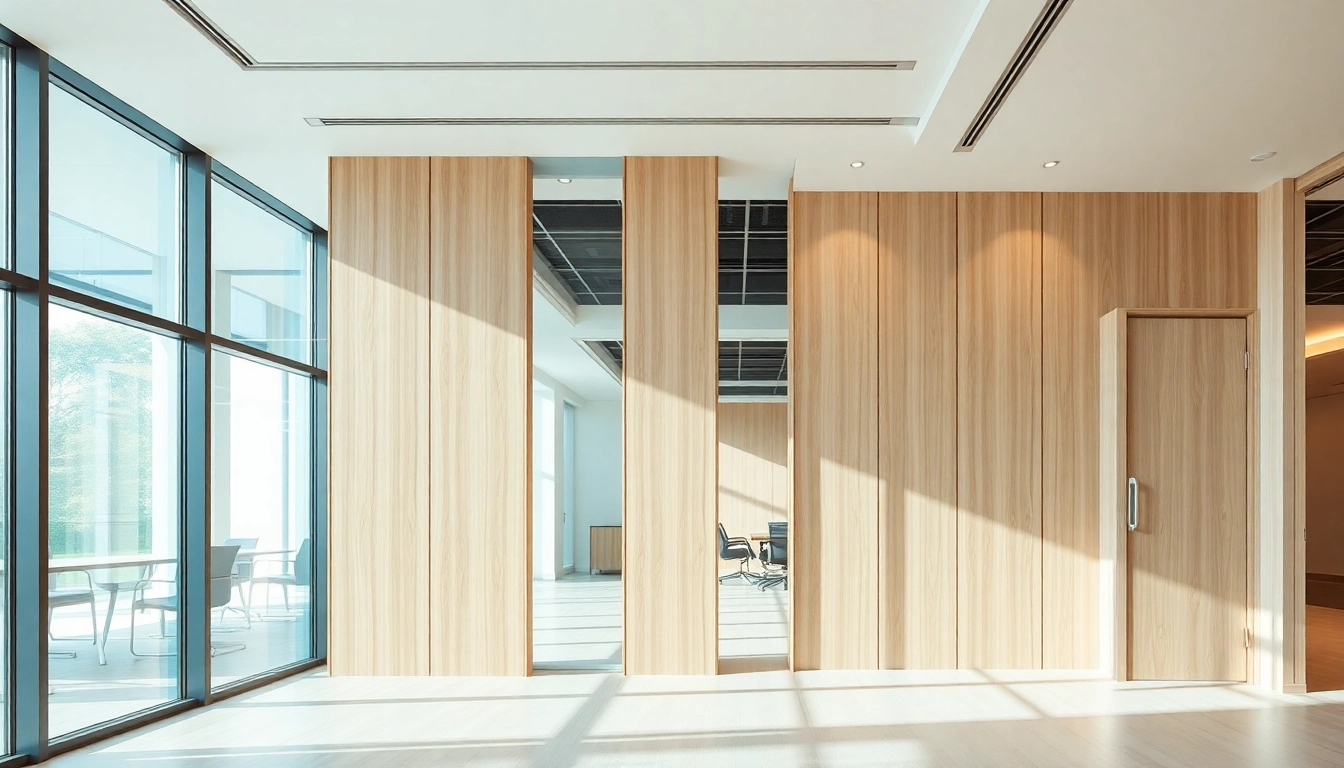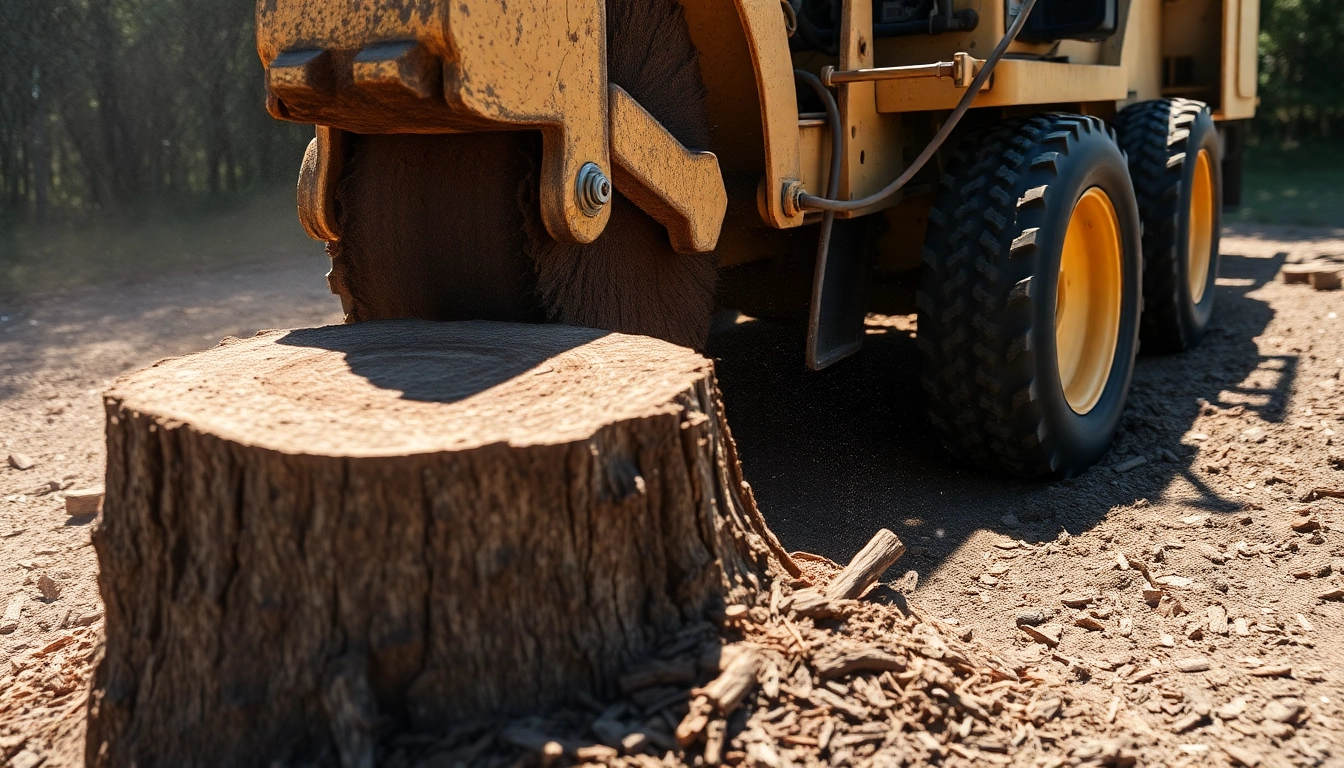Understanding Termite Treatments
Termites are one of the most destructive pests that can invade your property. They feed on wood, paper, and other cellulose materials, leading to significant damage that can compromise the structural integrity of your home. Understanding termite treatments is crucial in protecting your home from these pests. This guide dives deep into the various aspects of termite treatments, from understanding what termites are to different treatment options available.
What are Termites and Why They Are a Problem?
Termites are social insects that live in colonies and can be found worldwide. The most notorious species are the subterranean and drywood termites, with the former causing the majority of damage in the United States. These pests can silently destroy woodwork without any visible signs until significant damage has occurred. The problem with termites lies in their ability to reproduce rapidly and consume wood at an alarming rate; a small infestation can grow into a large colony within months.
Different Types of Termite Treatments Available
There are several methods to combat termite infestations, each tailored to the type of termites present and the extent of the damage. The most common types include:
- Chemical Treatments: Chemical barriers using pesticides (termiticides) can be applied to the soil or wood to prevent termites from entering and infesting the structure.
- Fumigation: This method uses gaseous pesticides to penetrate structures and eliminate drywood termites effectively. It’s essential for severe infestations.
- Baiting Systems: Bait stations are strategically placed around the perimeter of the property. They contain materials that are attractive to termites, which ingest a slow-acting insecticide, leading to the colony’s demise.
- Beneficial Nematodes: These are microscopic worms that can be introduced to the soil and are known to parasitize termites, effectively controlling their population.
How to Assess the Need for Termite Treatments
Early detection is the key to minimizing damage caused by termites. Here are some signs homeowners should look for:
- Physical Evidence: Look for mud tubes, discarded wings, and hollow-sounding wood.
- Regular Inspections: Conducting inspections, especially in warm, damp areas of the home, helps in early detection.
- Professional Pest Control Assessment: If any signs are noted, it’s advisable to call in professionals for a thorough inspection and assessment.
Preparing for Termite Treatments
Prior to treatment, proper preparation is essential to ensure effectiveness. Understanding the steps involved can make a significant difference in the success of the treatment.
Pre-Treatment Inspection Checklist
- Identify Infestation Areas: Work with a pest management professional to determine the extent of the infestation.
- Check Accessibility: Ensure all areas, including crawl spaces and attics, are accessible for treatment.
- Clear Surroundings: Remove furniture, boxes, and items near the treatment area to allow for effective application.
Best Practices for Homeowners
To enhance the efficacy of treatments, homeowners should follow these best practices:
- Reduce Moisture: Fix leaky pipes and improve drainage around the property.
- Avoid Wood-to-Soil Contact: Raised wooden structures should not touch the soil directly.
- Regular Maintenance: Schedule periodic inspections to catch potential infestations early.
Choosing a Professional Pest Control Service
Selecting the right pest control service is fundamental to successful termite treatment. Consider the following when making your choice:
- Experience and Expertise: Look for companies with a proven track record in dealing with termite infestations.
- Methods and Products Used: Ensure they use effective and safe methods for termite control.
- Warranty Options: Companies offering warranties or follow-up inspections demonstrate confidence in their treatment methods.
Implementing Termite Treatments
Once preparations are complete, it’s time to implement the selected treatment. This involves understanding the specific processes associated with different treatment types.
Types of Chemical Treatments Explained
Chemical treatments depend on the type of termite and the level of infestation:
- Liquid Treatment: This involves applying termiticides to establish a chemical barrier in the soil around and beneath the structure. This prevents termites from entering the home.
- Foam Treatment: Foam termiticides expand in contact with air, effectively filling voids and crevices where termites may be hidden.
- Wood Treatment: Directly applying insecticides to wood can prevent termites from damaging it, particularly during construction or renovation.
Non-Chemical Solutions for Termite Control
For those who prefer eco-friendly options, there are several non-chemical solutions available:
- Physical Barriers: Installing steel mesh or concrete barriers during construction can prevent termites from accessing the property.
- Heat Treatments: Raising the temperature in an infested area allows for effective termination of termites, as they cannot survive at high temperatures.
- Electrocution Systems: These systems use electricity to kill termites upon contact, offering a chemical-free alternative.
Steps for Effective Baiting Systems
When using baiting systems, proper placement and monitoring are crucial:
- Strategic Placement: Place bait stations around the exterior perimeter of the house in areas where termite activity is suspected.
- Regular Monitoring: Check the bait stations regularly and replace them as needed to ensure continued effectiveness.
- Follow the Manufacturer’s Instructions: Always adhere to guidelines provided for optimal results.
Post-Treatment Care and Monitoring
After treatment, it’s important to monitor the effectiveness and adapt any preventative measures as necessary. Understanding what to look for can help prevent future issues.
Evaluating Treatment Success
Post-treatment, homeowners should assess the success of their efforts:
- Inspection: Conduct a follow-up inspection a few months after treatment to check for signs of termites.
- Professional Evaluation: Engage a pest control expert for an evaluation to ensure no active infestations remain.
Ongoing Maintenance Tips
Ongoing maintenance is critical in preventing future infestations:
- Routine Inspections: Schedule annual or biannual inspections with a pest control expert.
- Monitor Moisture Levels: Regularly check and manage moisture levels around the property.
- Maintain Landscaping: Ensure trees and shrubs are trimmed away from the home to reduce potential access points for termites.
Signs of Potential Reinfestation
Be vigilant for signs that could indicate a reinfestation, such as:
- New Mud Tubes: If you notice new mud tubes, this could be a sign of returning termites.
- Wood Damage: Inspect any wood for new signs of damage or unexplained holes.
- Swarmers: During warm months, if you see winged insects (swarmers) inside or around your home, it could indicate an active colony nearby.
Cost Considerations for Termite Treatments
Understanding the costs associated with termite treatments can aid in budgeting and decision-making. Various factors can influence these costs.
Typical Pricing Structures
While costs can vary based on the extent of the infestation and the treatment method chosen, here are general pricing guidelines:
- Initial Inspection: Generally ranges from $100 to $300, with some companies offering it for free.
- Liquid Treatments: Costs usually range from $200 to $2,500, depending on the square footage and treatment type.
- Fumigation: This is typically the most expensive option, with costs ranging from $1,500 to $4,000, depending on the size of the structure.
Insurance and Warranty Insights
Many pest control services offer warranties on their treatments ranging from 1 to 5 years. Understanding what is covered and whether your homeowner’s insurance provides coverage for termite damage can significantly impact your financial exposure.
Budgeting for Future Preventative Measures
Investing in preventative measures can save homeowners significant costs down the line. Regular professional inspections, maintaining proper drainage, and timely repairs can help prevent infestations. Setting aside a small budget annually for pest control maintenance can be a wise investment to protect your home.


